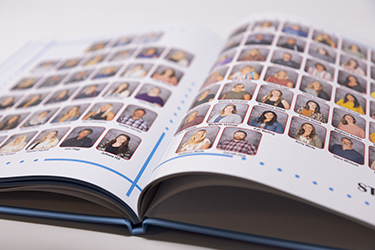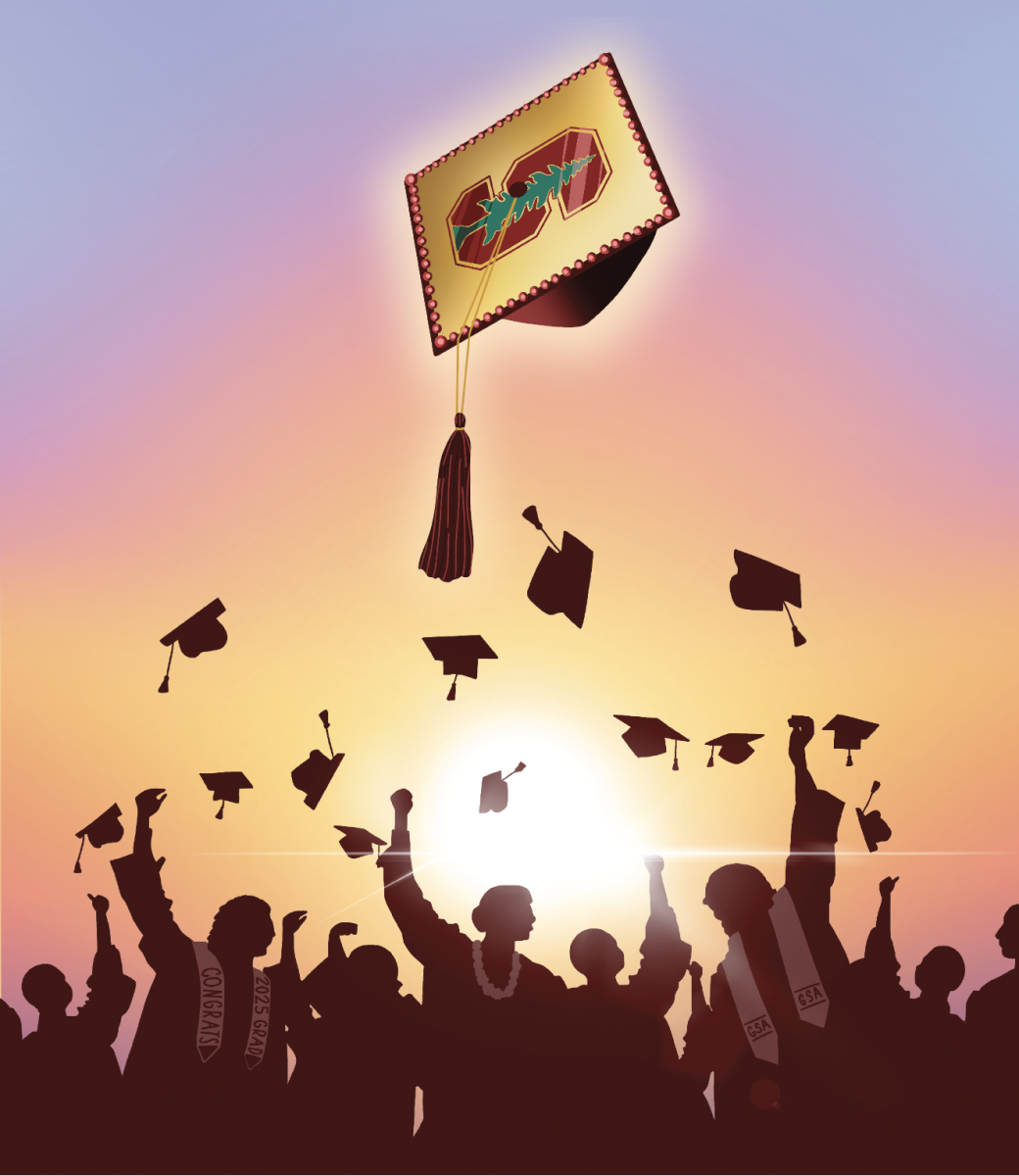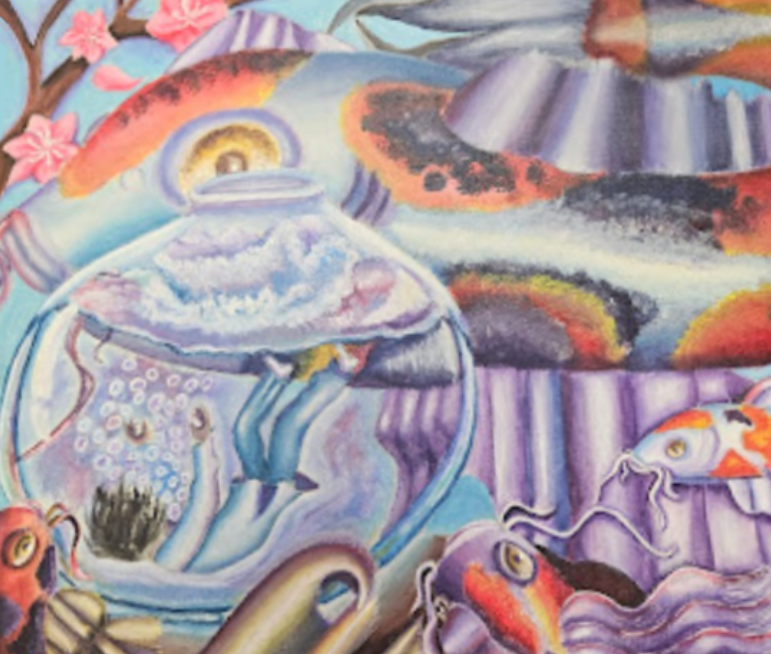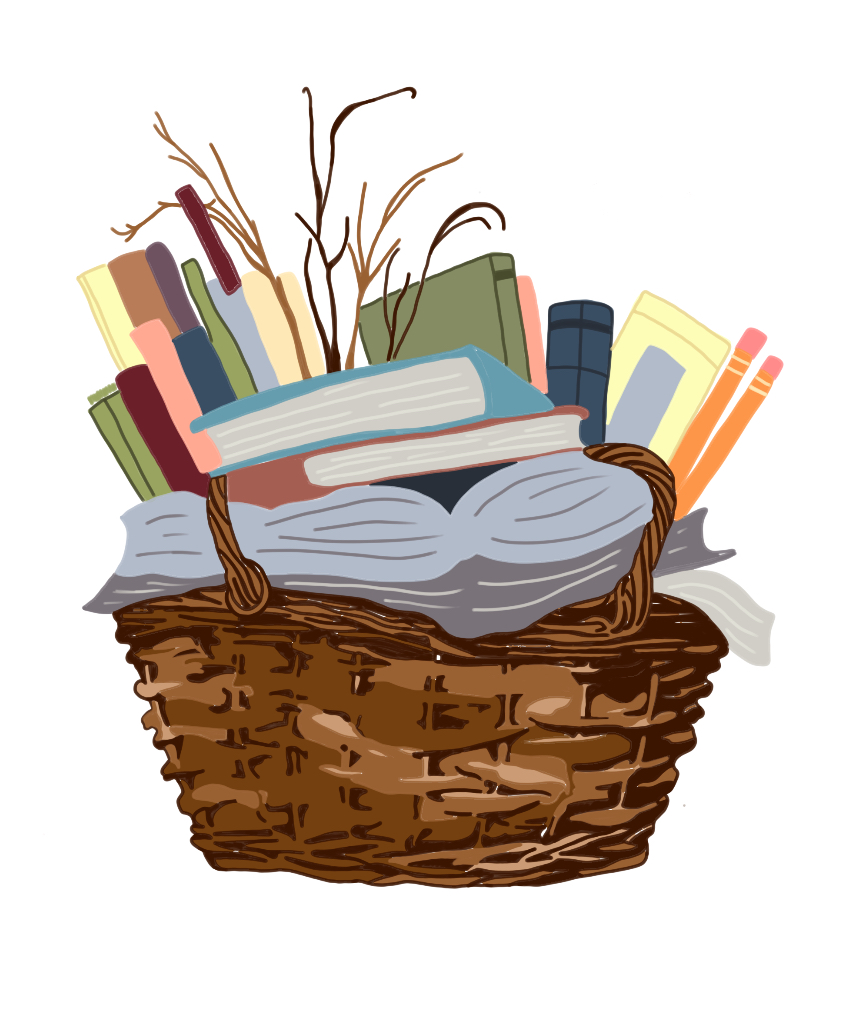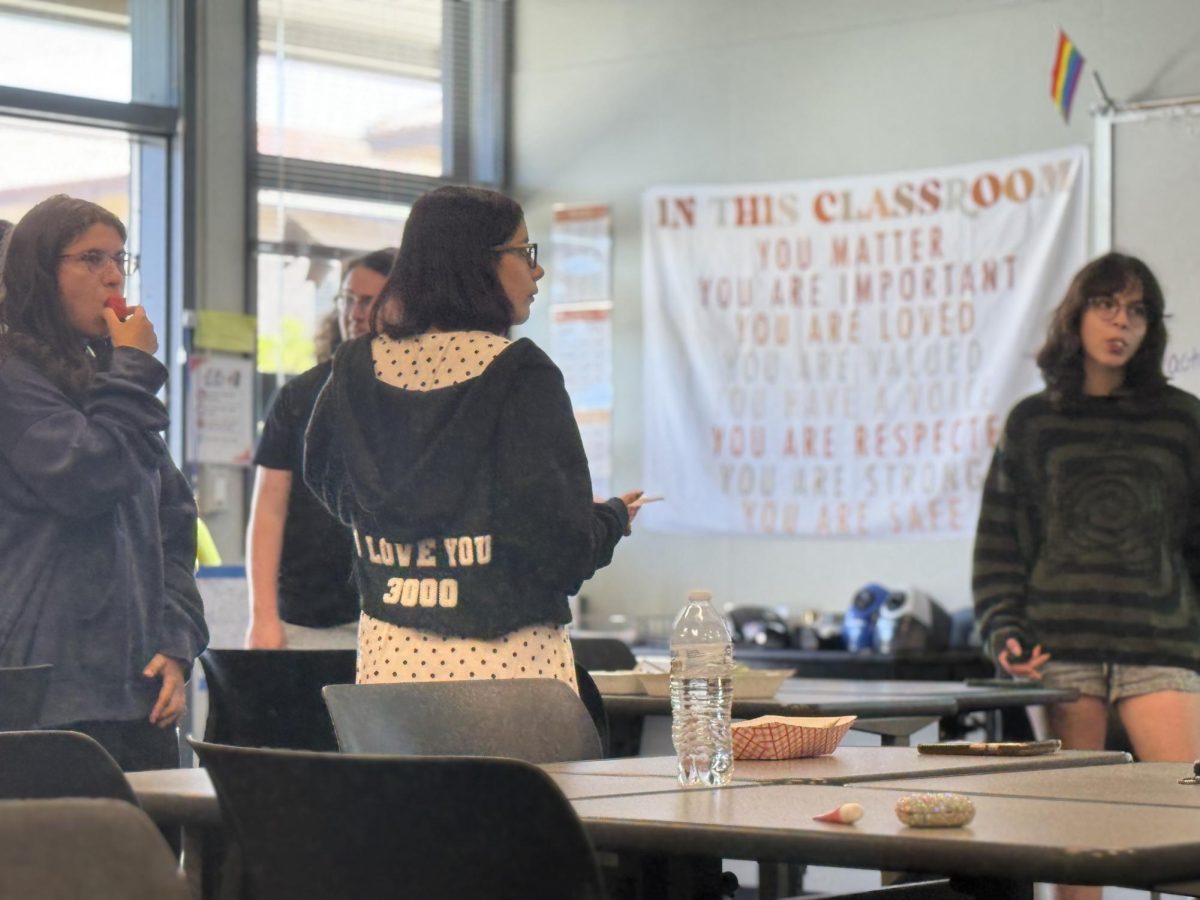It is the last week of school, and the anticipation for summer is high. As everybody finishes up their classes, one may notice a recurring tradition: the signing of yearbooks. As one walks through the hall, they might see students scribbling down good wishes to classmates and end-of-year congrats in each other’s yearbooks. They can be seen flipping through the pages together, looking at each other’s photos, their clubs and their sports teams. For many, yearbooks are treasured keepsakes that students and alumni hold on to for quite some time. The ideas used to create yearbooks can be traced back to two items made for student benefit: one made by teachers for tracking school achievements, and one made by the students themselves out of personal desires.
In the 1600s, logbooks were used at schools to keep track of student progress and achievements. Keeping a historical record of the school’s activities, incidents and policies would show the information in the context of student demographics. Using the information of the school as a whole, schools could improve the learning environment for all students. Over time, some teachers used logbooks to track students individually, helping them learn on a case-by-case basis. Logbooks were far from what yearbooks are today, as they were simple and only contained students’ information, as opposed to the creative, colorful yearbooks that are seen now. But what caused these yearbooks to evolve so much?
The earliest forms of memorabilia made by students were autograph albums. Originating in 16th century Germany, Album amicorum, or “book of friends” were kept over the course of their academic studies. Those who kept one of these albums would ask peers, teachers and other interesting people to sign. While making an entry in an album, one could look back at previous pages, seeing their authors, date and contents, showing off their connections at the time. Personal handwritten notes including quotes, poems, messages and signatures from those they met showcased the album owner’s experience during their youth, and their legacy.
Over time, these albums evolved to include more features. In the 1800s, people started to personalize their own yearbooks, adding things such as photos and notes to them, making them more than just a measure of achievements. Yale University created the first official yearbook in the US, in which students were represented by silhouettes in 1806. 79 years later, the first high school yearbook, The Evergreen, was made.
In the 1900s, yearbooks started to gain high levels of popularity and can be recognized as yearbooks by current students. Themes, designs, and highlights of the events and activities that had gone on at school throughout the year could be seen while flipping the pages. Logbooks and scrapbook albums still exist, serving similar purposes as they did many years ago. Today, yearbooks have taken on their own, distinct form.


